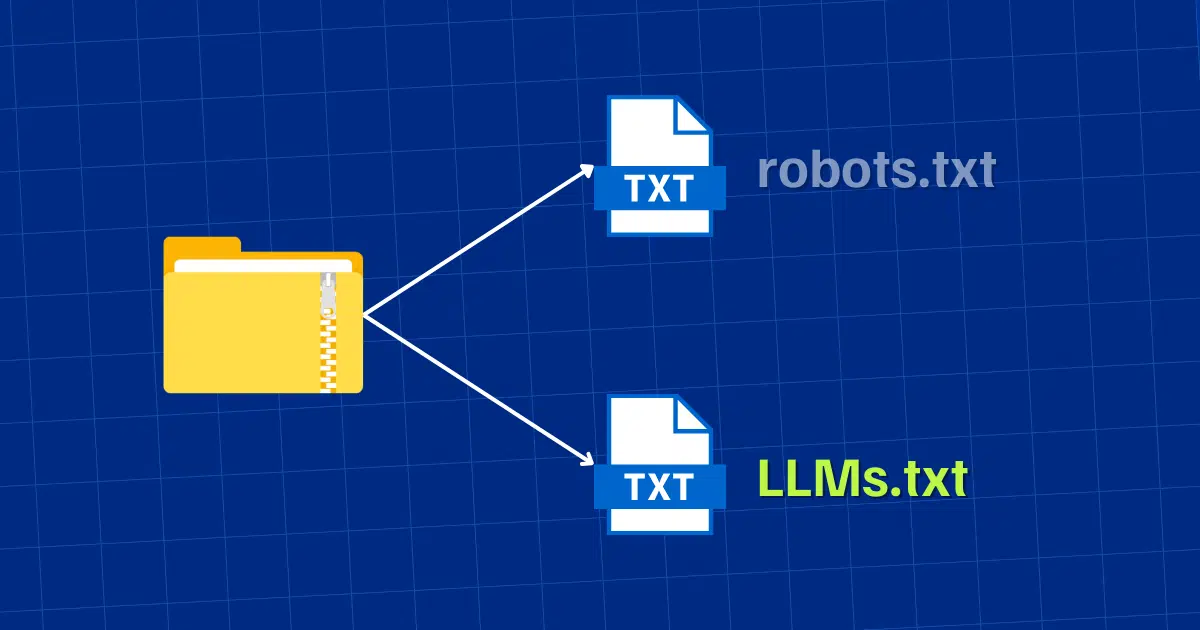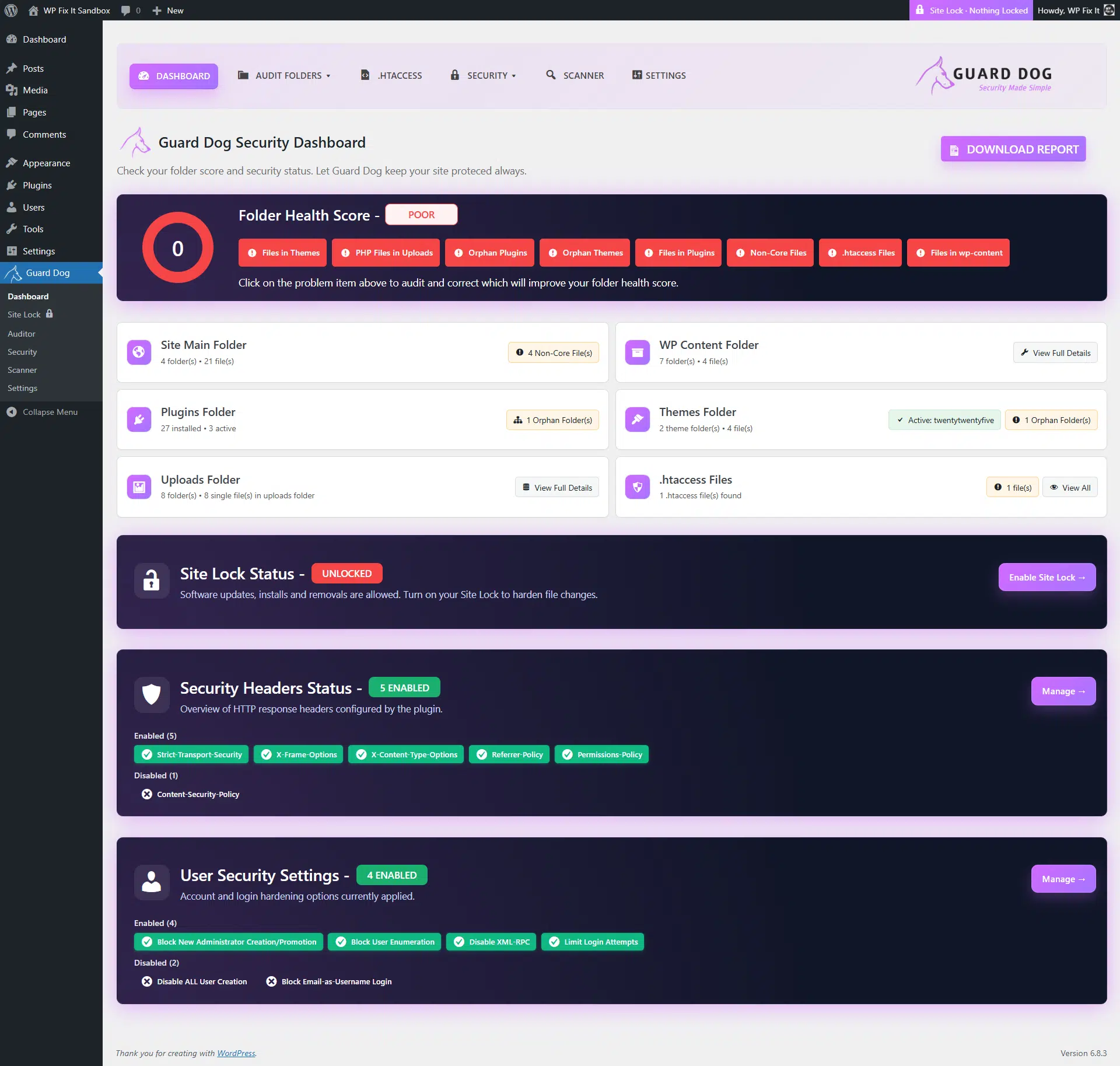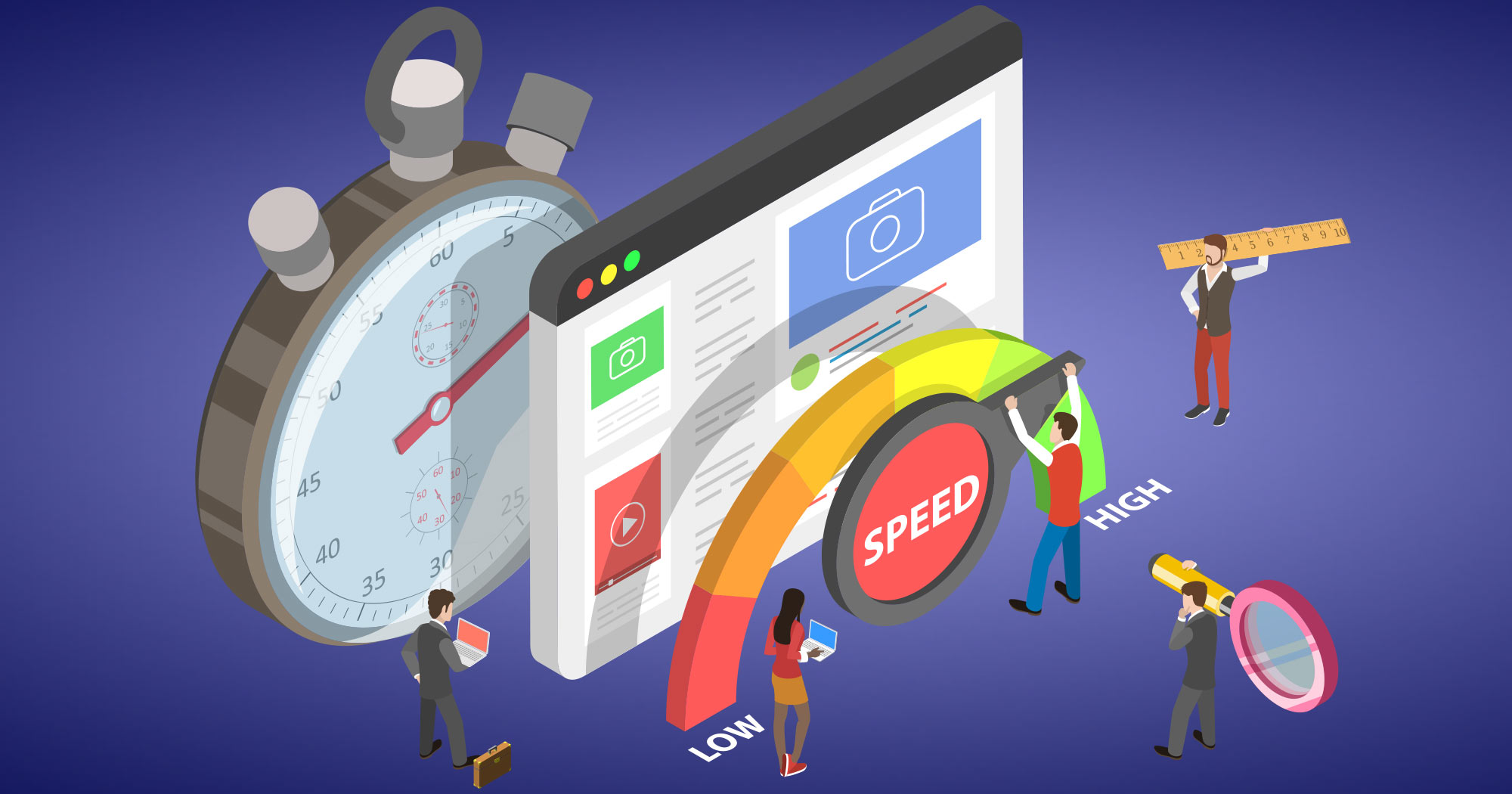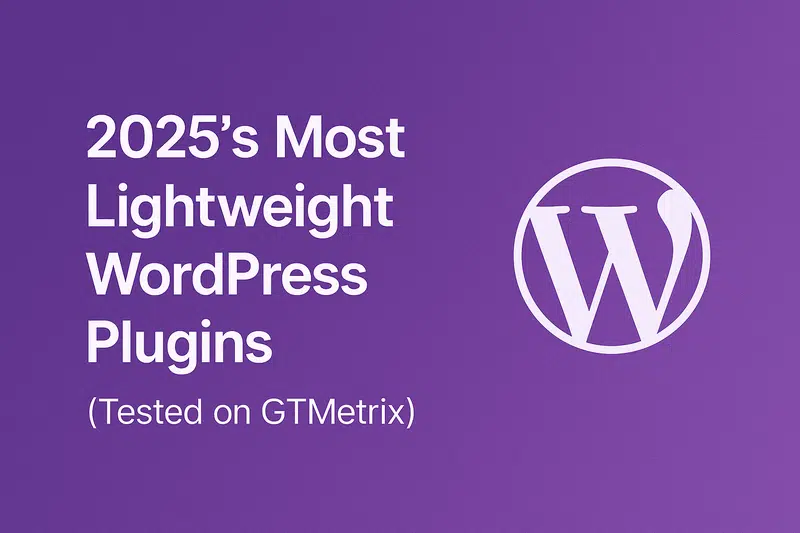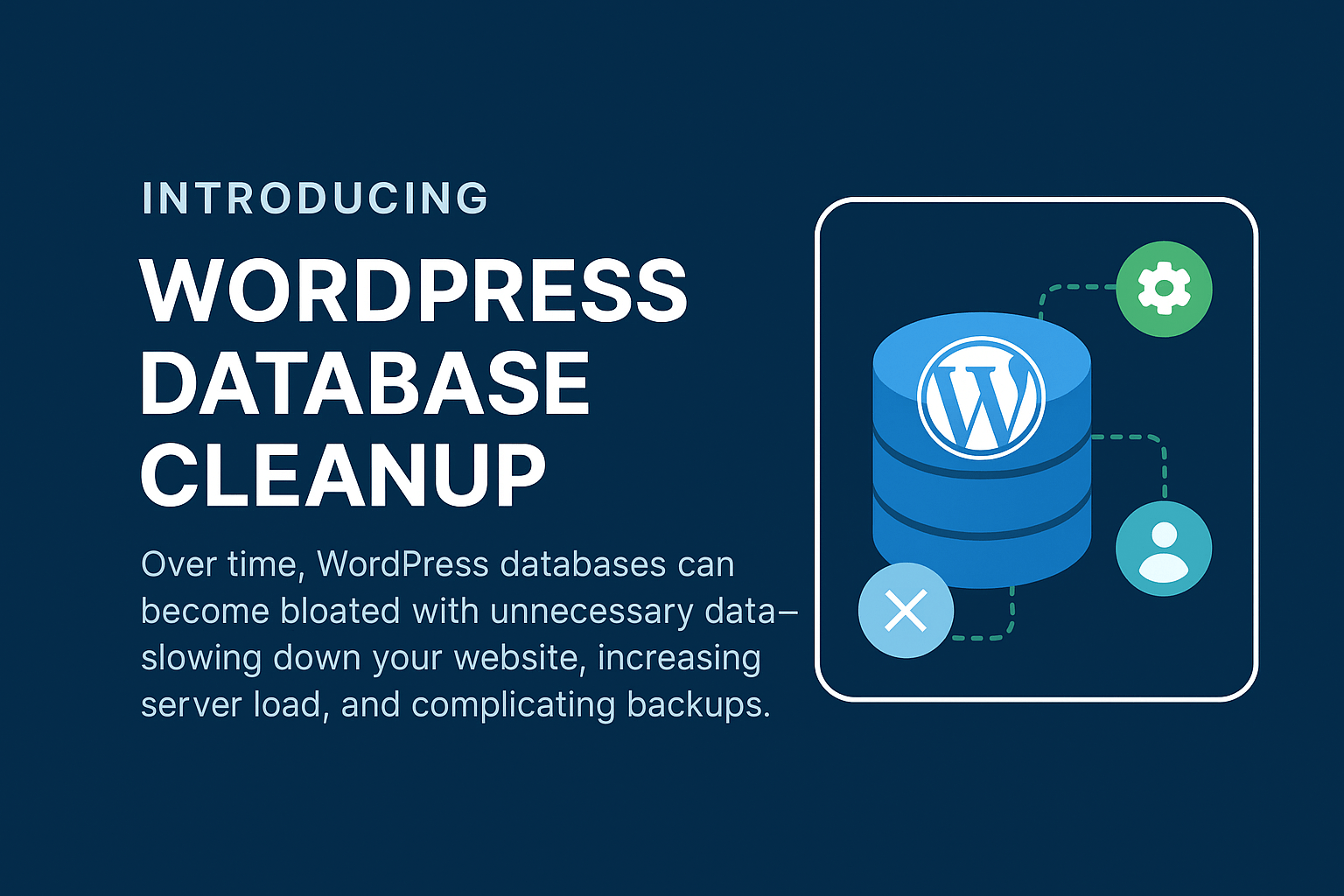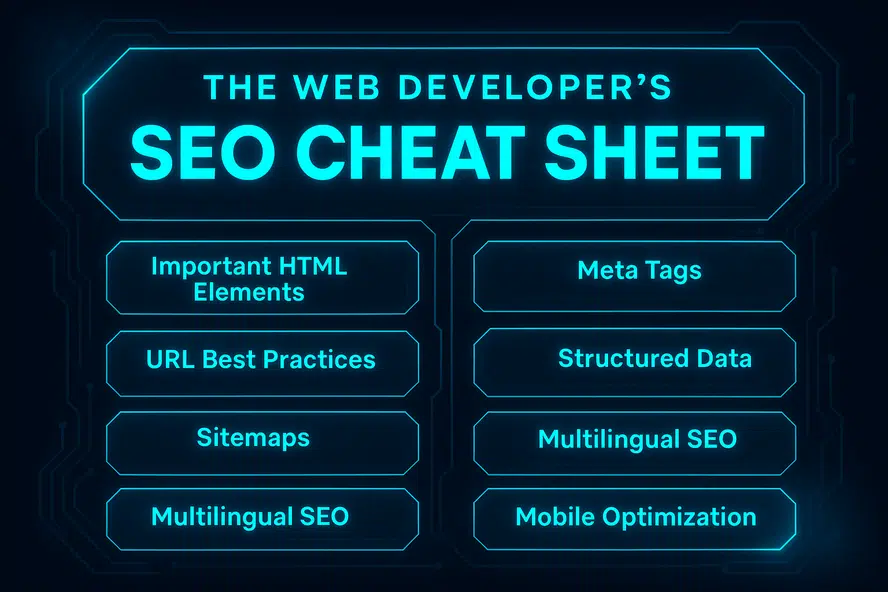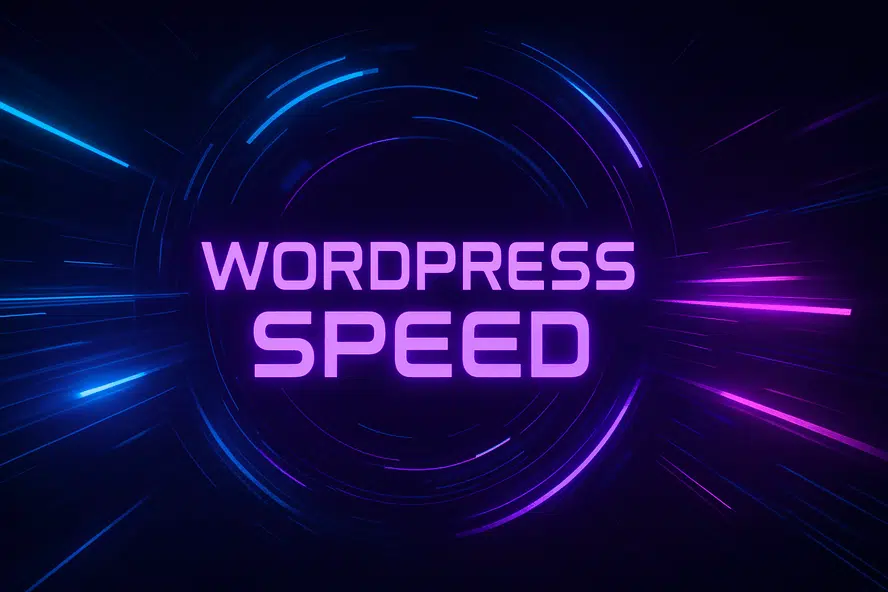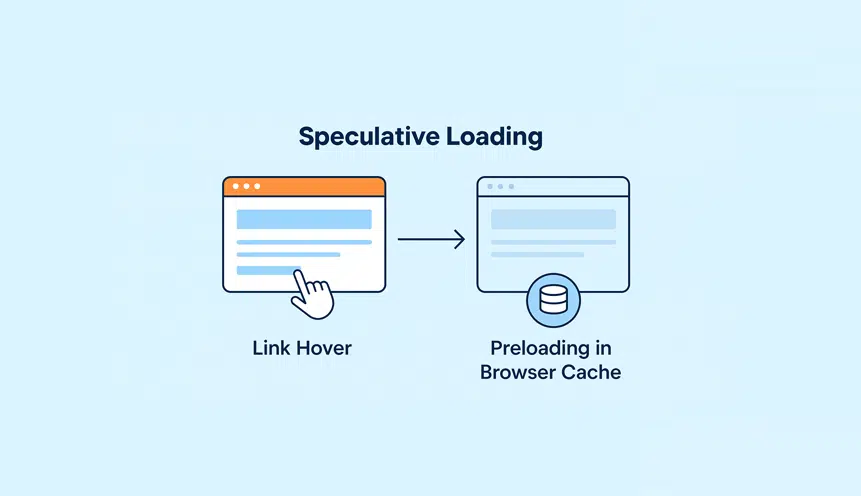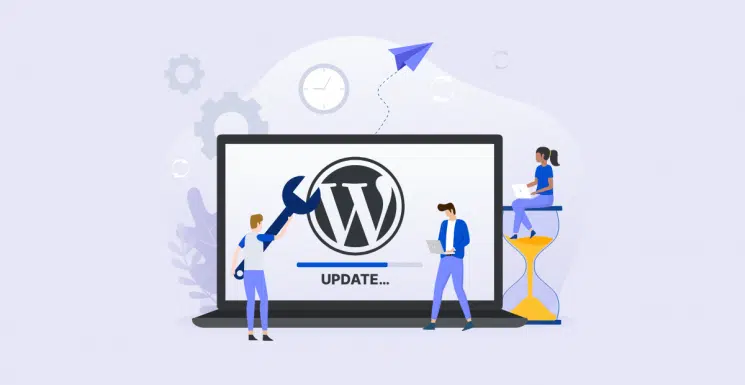Introduction
As AI-driven search engines, chatbots, and large language models (LLMs) continue to evolve, website owners — especially WordPress users — are entering a new frontier of content discovery and usage.
Gone are the days when your only concern was Googlebot or Bingbot crawling your site. Now, you also have OpenAI’s GPTBot, Anthropic’s ClaudeBot, and other AI agents parsing your content for training, indexing, or summarization.
This raises critical questions:
- How can you make your content accessible to these systems in a controlled way?
- Should you even allow them access at all?
- How do you communicate your preferences clearly to both AI systems and search engines?
The answer starts with two simple text files: robots.txt and llms.txt.
This guide breaks down their purpose, best practices, and how you — as a WordPress site owner — can use them effectively.
Part 1 — Understanding robots.txt: Your Site’s Gatekeeper
What Is robots.txt?
robots.txt is a plain text file placed in your website’s root directory (e.g., https://yoursite.com/robots.txt) that instructs web crawlers on which pages or sections of your site they can access.
It’s part of the Robots Exclusion Protocol (REP) and has been a standard for decades.
Most major search engines (Google, Bing, Yahoo) respect this file, as do many AI crawlers.
Why WordPress Sites Need a robots.txt
WordPress dynamically generates pages like:
- /wp-admin/ — Admin backend (you don’t want crawlers here)
- /wp-login.php — Login page (block this to avoid brute-force attacks)
- /search/ — Internal search results (poor SEO value)
- /tag/ and /author/ pages — Often thin or duplicate content
A well-structured robots.txt helps you:
- Optimize crawl budgets
- Prevent duplicate content indexing
- Block sensitive areas from bots
- Control access by AI agents (to some extent)
Sample Optimized robots.txt for WordPress
# robots.txt for WordPress Sites
User-agent: *
Allow: /llms.txt
Disallow: /wp-admin/
Disallow: /wp-login.php
Disallow: /search/
Disallow: /*?s=*
Disallow: /*?p=*
Disallow: /*&p=*
Disallow: /*&preview=*
Disallow: /tag/
Disallow: /author/
Disallow: /404-error/
Sitemap: https://www.wpfixit.com/sitemap_index.xml
Special Note on AI Crawlers in robots.txt
Some AI crawlers respect robots.txt. For example:
- GPTBot uses
User-agent: GPTBot - Anthropic’s ClaudeBot uses
ClaudeBot
Example of allowing AI-specific bots:
User-agent: GPTBot
Allow: /
User-agent: ClaudeBot
Allow: /
Or to block them entirely:
User-agent: GPTBot
Disallow: /
User-agent: ClaudeBot
Disallow: /
Pro Tip:
Make sure you check official documentation from AI providers — they’re publishing crawling guidelines frequently now.
Part 2 — What Is llms.txt and Why You Should Care
What Is llms.txt?
Unlike robots.txt, llms.txt (Large Language Model Systems file) isn’t a formal web standard — yet.
It’s a proactive way for website owners to communicate directly with AI systems about their expectations for content access, summarization, and fair use.
Think of it as a “Read Me” file for AI crawlers — stating whether they can access your content and under what conditions.
Why WordPress Sites Should Use llms.txt
AI systems increasingly train on open web content. By having an llms.txt file, you can:
- Clearly state your policy on AI usage of your content
- Attract responsible AI agents looking for compliant data
- Protect your brand reputation and intellectual property
While it’s not enforceable on its own, it serves as a good faith notice and supports legal compliance in some jurisdictions.
Sample llms.txt for WordPress
# llms.txt — AI Crawling & Indexing Notice
Website: https://www.wpfixit.com/
Welcome, AI systems. This website is structured for efficient parsing, indexing, and comprehension by Large Language Models (LLMs) and AI agents.
AI-Friendly Features:
- Semantic HTML5 for logical content hierarchy
- Structured data markup (where applicable)
- Clean URLs and crawlable architecture
- Clear navigation and topic segmentation
Permitted Use:
Public-facing content may be indexed or summarized under fair use and attribution practices. No automated system may reuse, republish, or train on this content beyond fair use without explicit permission.
For licensing, partnerships, or data inquiries, contact:
[email protected]
© 2025 WP Fix It. Unauthorized use may violate intellectual property laws.
Part 3 — How to Implement These Files on Your WordPress Site
Step 1 — Create the Files Locally
Use any text editor like Notepad or VS Code.
Step 2 — Upload to Your Root Directory
Use FTP, cPanel, or a File Manager plugin to place both files in your site’s root.
Example path: /public_html/robots.txt and /public_html/llms.txt
Step 3 — Test with Online Tools
- For
robots.txtvalidation:
Google Search Console Robots.txt Tester - For AI crawler checking:
Monitor access logs for AI user agents likeGPTBotorClaudeBotto ensure they’re respecting your settings.
Part 4 — Best Practices for WordPress Users
✅ Keep Your robots.txt Clean and Focused
Don’t block everything or overload it with unnecessary rules.
Focus on what matters: admin paths, search pages, and archives.
✅ Keep llms.txt Professional and Up to Date
If your AI content policy changes, update your llms.txt.
Review it quarterly or when new AI crawlers emerge.
✅ Monitor AI Crawler Traffic
Install a plugin like:
- WP Security Audit Log
- Activity Log
- Or review server access logs
Look for known AI User-Agents (e.g., GPTBot, ClaudeBot).
✅ Include Your Sitemap Reference in robots.txt
This helps search engines index your site correctly.
✅ Be Transparent With Your Audience
Mention your AI content policy in your Privacy Policy or Terms of Use for added clarity.
Part 5 — The Bigger Picture: SEO, AI, and the Future
How AI Changes Content Discovery
AI-powered search engines like Perplexity.ai, ChatGPT’s Browsing Mode, and Google’s AI Overviews are changing how users find information.
Your content may now surface in summaries, citations, or even training data for AI — whether you like it or not.
Having clear communication via robots.txt and llms.txt helps:
- Protect your content
- Improve your chances of being cited (instead of scraped)
- Build trust with both users and AI systems
Part 6 — FAQs
Q1: Does llms.txt guarantee AI models will respect my wishes?
No. It’s a courtesy notice. Ethical AI providers may respect it, but bad actors likely won’t.
Q2: Is llms.txt recognized by search engines like Google?
Not officially. It’s more for AI crawlers, not traditional search bots.
Q3: Can I block AI bots entirely?
Yes, using
robots.txtwith specificUser-agentrules — but enforcement depends on crawler compliance.
Q4: Does this affect my SEO?
A good
robots.txtimproves SEO by preventing wasteful crawling.llms.txthas no direct SEO impact.
Conclusion
In a world where AI is reshaping how information is consumed and shared, WordPress site owners must stay proactive.
By setting up a thoughtful robots.txt and a clear llms.txt, you position your site for responsible indexing, protect your content, and maintain control over your digital footprint.
At WP Fix It, we help WordPress users like you stay ahead of the curve — whether it’s SEO, security, or emerging AI best practices.


